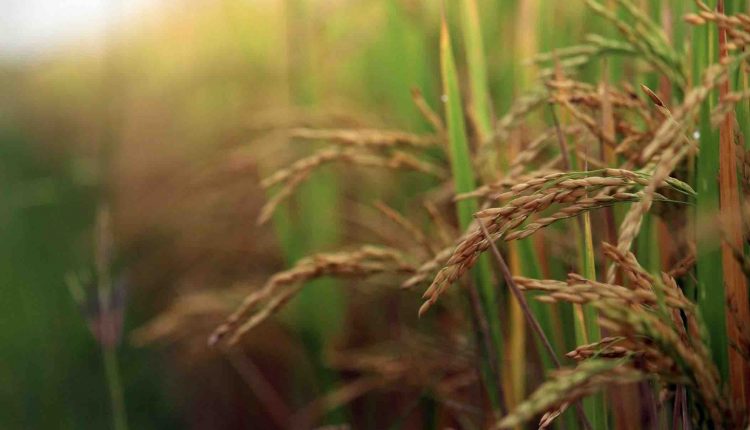The auspicious time, or ‘lagna,’ for offering ‘Nabanna’ (new crop) during the Nuakhai festival in Balangir, Odisha, has been announced. Nuakhai, an agrarian festival celebrated predominantly in western Odisha, will take place on September 8, coinciding with the fifth day of the ‘sukla’ bright fortnight in the Hindu month of Bhadraba. The ‘Nabanna’ will be offered to the presiding deities between 9.35 am and 10.06 am. The ‘lagna’ was determined by considering the zodiac signs and naxatra (constellations) associated with Maa Pataneswari and the king of Patanagarh. This traditional method ensures the most auspicious time for the offerings, which is a significant aspect of the festival.
Originally an agrarian celebration, Nuakhai involves offering dishes made from the new crop to deities. However, it has evolved into a mass celebration over the years, celebrated with great pomp across several districts including Sambalpur, Balangir, Bargarh, Sundergarh, Kalahandi, Deogarh, Jharsuguda, Boudh, and Sonepur. Communities come together for ‘Nuakhai Bhet Bhat’ (community meetings) in villages, where younger people seek blessings from elders by wishing ‘Nuakhai Juhar’ (obeisance). This day often features community feasts or the exchange of food prepared at home, reinforcing the sense of community and shared celebration.
Nuakhai is not just about the agricultural rituals but also symbolizes unity and cultural heritage. The festival’s celebration with traditional fervor and modern enthusiasm highlights its importance in the social and cultural life of the people in western Odisha. As the preparations for Nuakhai begin, the announcement of the ‘lagna’ sets the stage for a joyous and meaningful celebration, keeping the rich traditions alive while fostering community spirit and togetherness.
The auspicious time, or ‘lagna,’ for offering ‘Nabanna’ (new crop) during the Nuakhai festival in Balangir, Odisha, has been announced. Nuakhai, an agrarian festival celebrated predominantly in western Odisha, will take place on September 8, coinciding with the fifth day of the ‘sukla’ bright fortnight in the Hindu month of Bhadraba. The ‘Nabanna’ will be offered to the presiding deities between 9.35 am and 10.06 am. The ‘lagna’ was determined by considering the zodiac signs and naxatra (constellations) associated with Maa Pataneswari and the king of Patanagarh. This traditional method ensures the most auspicious time for the offerings, which is a significant aspect of the festival.
Originally an agrarian celebration, Nuakhai involves offering dishes made from the new crop to deities. However, it has evolved into a mass celebration over the years, celebrated with great pomp across several districts including Sambalpur, Balangir, Bargarh, Sundergarh, Kalahandi, Deogarh, Jharsuguda, Boudh, and Sonepur. Communities come together for ‘Nuakhai Bhet Bhat’ (community meetings) in villages, where younger people seek blessings from elders by wishing ‘Nuakhai Juhar’ (obeisance). This day often features community feasts or the exchange of food prepared at home, reinforcing the sense of community and shared celebration.
Nuakhai is not just about the agricultural rituals but also symbolizes unity and cultural heritage. The festival’s celebration with traditional fervor and modern enthusiasm highlights its importance in the social and cultural life of the people in western Odisha. As the preparations for Nuakhai begin, the announcement of the ‘lagna’ sets the stage for a joyous and meaningful celebration, keeping the rich traditions alive while fostering community spirit and togetherness.





